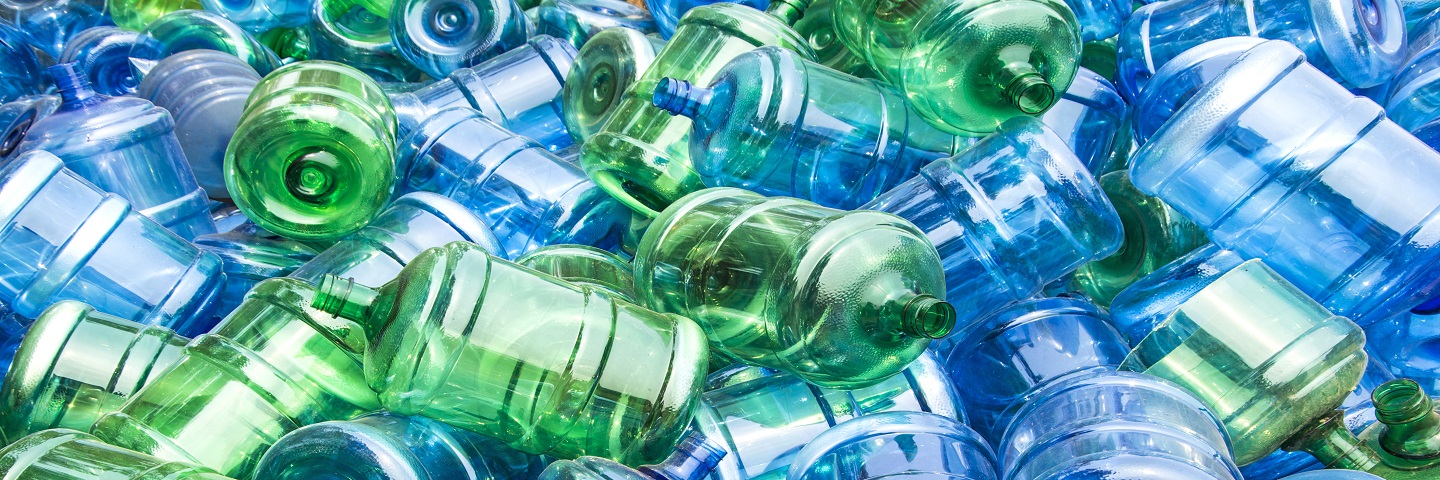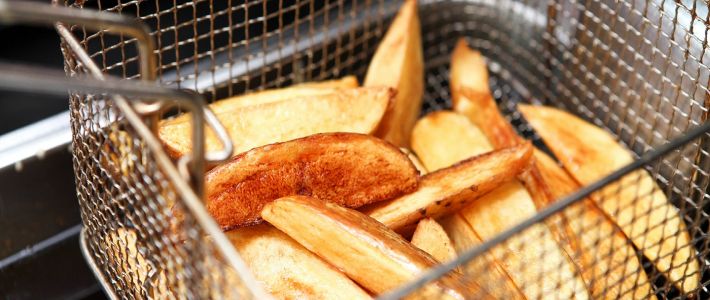
Visit our other sites
-
Fapas - Proficiency Testing
Globally recognised provider of proficiency tests, running over 400 tests annually across an extensive range of matrices and analytes
-
Great Crested Newts Testing
A single sample taken by an ecologist at any time during the newt breeding season can determine their presence or absence, saving you time and money

Method Used
LC-MS/MS
Accreditation
No
BPA stands for bisphenol A. BPA is an industrial chemical that has been used to make certain plastics (polycarbonate) and epoxy resins since the 1960s. Polycarbonate plastics are often used in containers that store food and beverages, and as water bottles whereas epoxy resins are used to coat the inside of metal products, such as food cans, bottle tops, etc.
All materials and articles that come into contact with food, from manufacturers' packaging to storage containers should be tested to ensure they are safe for food contact and compliant with the European Framework Regulation (EC) No. 1935/2004. Recent changes to the Plastics Regulation which were published in February 2018 (Regulation (EU) 2018/213), specifying a decrease in the specific migration limit for BPA as well as new restrictions for BPA in food contact varnished and coated materials and articles, will mean that the challenge for industry will now be more about 'BPA free'.
Bisphenol A is employed to make certain plastics and epoxy resins. BPA-based plastic is clear and tough and is made into a variety of common consumer goods. Epoxy resins containing BPA may also be used as coatings on the inside of food and beverage cans.
Any residual (unreacted) BPA in the plastic or epoxy resin has the potential to transfer into any food/beverage with which it comes into contact. This can increase the human exposure to BPA, which may result in potentially negative side effects. BPA has been reported to exhibit oestrogen mimicking, hormone-like properties.
Fera is the UK National Reference Laboratory for Materials and Articles in Contact with Food and our experts make use of cutting-edge technologies to determine any potential BPA contamination within your sample. Fera’s food safety experts can analyse a range of samples for the presence of BPA contamination, including: food and beverages, infant formula, and food packaging.
Reporting limits are sample specific but are typically in the low parts-per-billion level (ppb, µg/kg) range.
Food and Beverage Samples
Fera scientists analyse and quantify BPA within your samples by utilising liquid chromatography with mass spectrometric detection at our state-of-the-art facilities. Methods used are designed to minimise contamination by this ubiquitous substance during our analysis.
Infant Formula
Bisphenol A within infant formula food packaging has strict rules and regulations governing its use. National regulations vary in severity, with the FDA banning its use within infant formula packaging. This is in response to consumer preference as well as an ongoing commitment to reduce exposure to BPA.
Food Packaging
Fera’s testing procedures for BPA in food packaging can be invaluable to inform your prevention efforts and give you the confidence you require to make key food packaging decisions to reduce BPA exposure. In the EU, Regulation (EU) No 321/2011 outlines a restriction of use of BPA in plastic infant feeding bottles.
Please contact us to discuss volume discounts.
| Detail | Specification |
|---|---|
Standard Turnaround Time | 20 working days |
Method Used | LC-MS/MS |
Accreditation | No |
Bisphenol A - Food and Beverage, Infant Formula, or Food Packaging Samples
Add Samples
Your Current Samples
Please review your sample(s). Additional sample charges may apply where applicable.
There are no samples associated with this product at this time

Copyright © 2025 Fera Science Limited (“Fera”). All rights reserved.
For further information about how Fera uses any personal data collected from you, please see our Privacy Notice at www.fera.co.uk/privacy-policy.



